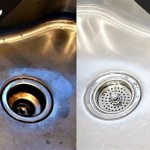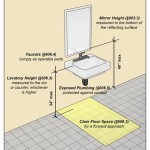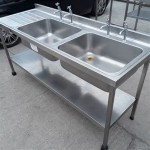Why Did the Titanic Ship Sink?
On the night of April 14-15, 1912, the RMS Titanic, considered unsinkable, struck an iceberg in the North Atlantic Ocean and sank, resulting in the deaths of over 1,500 people. Several factors, including design flaws, poor weather conditions, and human errors, contributed to the disaster.
Design Flaws: The Titanic's design, while advanced for its time, had certain inherent weaknesses that made it vulnerable to damage. The hull was divided into 16 watertight compartments, which were believed to make the ship practically unsinkable. However, the watertight compartments were not continuous throughout the vessel's length and could only withstand flooding up to a certain height. The ship's outer shell was also relatively thin, which increased its susceptibility to damage from collisions.
Weather Conditions: The night of the sinking, the weather conditions were adverse, with a combination of clear skies and a calm sea. This lack of visibility prevented the crew from spotting the iceberg until it was too late. The iceberg itself was unusual in shape, with a relatively flat, hidden underwater portion that caused the ship to strike a glancing blow instead of a direct head-on collision. This glancing blow opened several adjacent compartments to flooding, which proved fatal to the ship.
Human Errors: A number of human errors and poor decisions also contributed to the disaster. The ship's speed was not adequately reduced despite warnings of icebergs in the area. The crew failed to conduct proper lifeboat drills, resulting in confusion and disorder during the evacuation. Additionally, there were not enough lifeboats for all the passengers and crew on board.
Other Factors: Besides the aforementioned factors, other contributing elements included inadequate communication and regulations. The ship's wireless telegraph was not properly staffed, which hindered communication with other vessels and delayed warnings about the iceberg. Additionally, regulations at the time did not require sufficient lifeboat capacity or safety measures for passenger ships of the Titanic's size.
Conclusion: The sinking of the Titanic was a tragic event that resulted from a combination of design flaws, poor weather conditions, and human errors. The disaster led to significant changes in maritime safety regulations, including increased lifeboat capacity, improved lookout procedures, and more comprehensive training for crew members.

Sinking Of The Titanic Wikipedia

Titanic How She Sank Georgia Public Broadcasting

Why Did The Titanic Sink History

How Did The Titanic Sink It Works

How Did Titanic Sink The Complete Physics

The Titanic Is Sunk With Great Loss Of Life Guardian

When Did The Titanic Sink How Long It Take A Timeline Historyextra

Today In History 112th Anniversary Of The Rms Titanic Sinking Vanguard News

How The Titanic Haunts Us

Why Did It Take Titanic So Long To Sink







